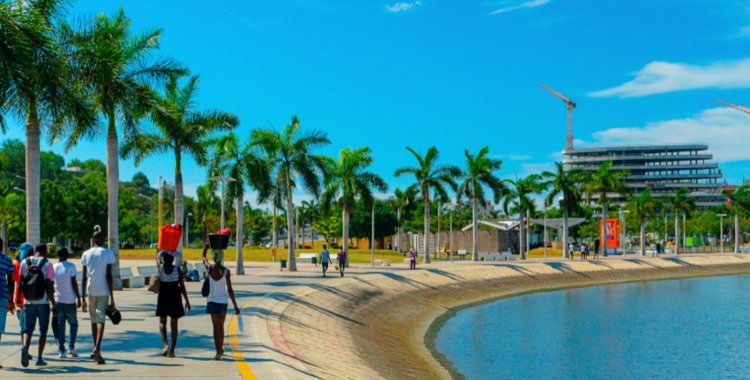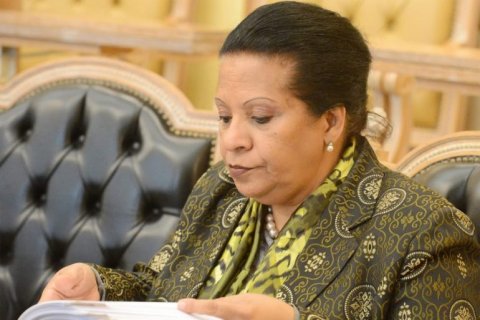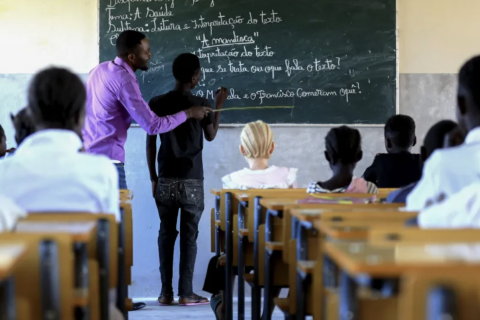In the report accompanying the decision to improve the outlook for the economy's evolution, from stable to positive, Moody's says that the economy is expected to grow by 3 percent this year, in line with the forecasts of the Government and the International Monetary Fund, and accelerate to an average of 4.2 percent over the next three years, the best average since the 2014 oil crisis.
"All fiscal metrics, including the debt-to-income ratio and the interest-to-income ratio, also improved, expected to reach 225 percent and 14.9 percent, respectively, in 2022, compared with 586 percent and 32.6 percent in 2020", the analysts write in the note, in which they keep the country's 'rating' at B3.
Moody's changed the outlook for Angola's rating "due to improved budget and debt metrics, supported by high oil prices and ongoing fiscal consolidation".
For analysts, even if oil prices fall from current levels above US$90 per barrel, "Angola's macroeconomic stability should be supported by the robust growth forecast and falling inflation", which should fall to 14 percent. next year and reach single digits in 2025, up from levels of 27 percent in 2020 and 17 percent this year.
The second major reason for the change in the evolution perspective is the continuous improvement in the country's external position and the reduction of liquidity risks, "with high oil prices being an opportunity for the authorities to strengthen international reserves and foreign currency and continue to implement their policy of reducing the volume of debt".
Reserves, concludes Moody's, could rise from $16 billion in 2021 to $22 billion in 2025.
Moody's on Thursday night improved the outlook for Angola's rating from stable to positive, maintaining the assessment of credit quality at B3, below investment recommendation.
The analysis of the economic evolution perspective is not, however, sufficient for Moody's to have improved the 'rating', which remains at B3, that is, below the investment recommendation, or 'junk', as it is generally known. .
"The decision to affirm the rating at B3 reflects Moody's view that, despite the continued improvement in fiscal positions and the current account, Angola's credit profile remains constrained by vulnerability to oil shocks due to its rigid economic structure. and weak institutional capacity", write the analysts, acknowledging that "the continuity of policies and the reform agenda of the new government will naturally take time to reduce Angola's structural vulnerabilities".
The change in the outlook for the rating's evolution indicates that analysts believe that, if the current trajectory is maintained, Angola will see Moody's opinion on sovereign credit quality improved within a period that normally does not exceed 12 months.
The last time Moody's had improved Angola's rating was in September last year, when the sovereign credit quality assessment went from Caa1 to B3, which happened after four consecutive declines, in 2016, 2017, 2018 and 2020.







